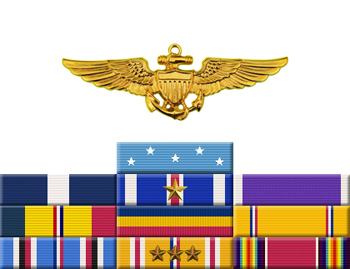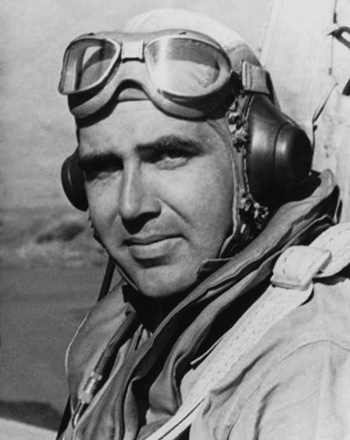
|
Edward H. O'Hare |
 |
|||
| Rank, Service | ||||
Lieutenant Commander O-4, U.S. Navy |
||||
| Veteran of: | ||||
|
||||
| Tribute: | ||||
Butch O'Hare was born on March 13, 1914, in St. Louis, Missouri. He entered the U.S. Naval Academy in 1933 and was commissioned an Ensign on June 3, 1937. After serving aboard the battleship USS New Mexico (BB-40), O'Hare began flight training in June 1939. He was designated a Naval Aviator in May 1940, and was then assigned to VF-3 aboard the aircraft carrier USS Saratoga (CV-3), and later aboard the USS Lexington (CV-2). LT O'Hare became commander of VF-3 (redesignated VF-6 in July 1943) in June 1942, and took command of CVG-6 aboard the USS Enterprise (CV-6) in September 1943. He was killed in action near Tarawa on November 26, 1943, but his remains were never found. The destroyer USS O'Hare (DD-889) was named in his honor in 1945, and Douglas Field in Chicago was renamed O'Hare Airport for him in 1949. During World War II, LCDR O'Hare was credited with the destruction of 7 enemy aircraft in aerial combat plus 1 probable. |
||||
|
||||

